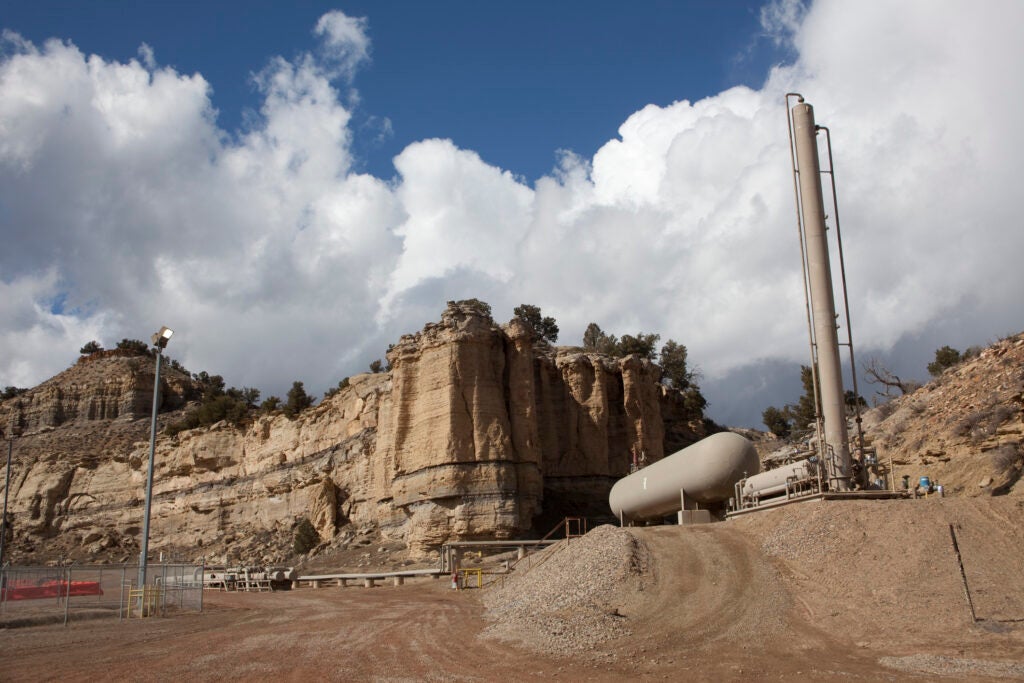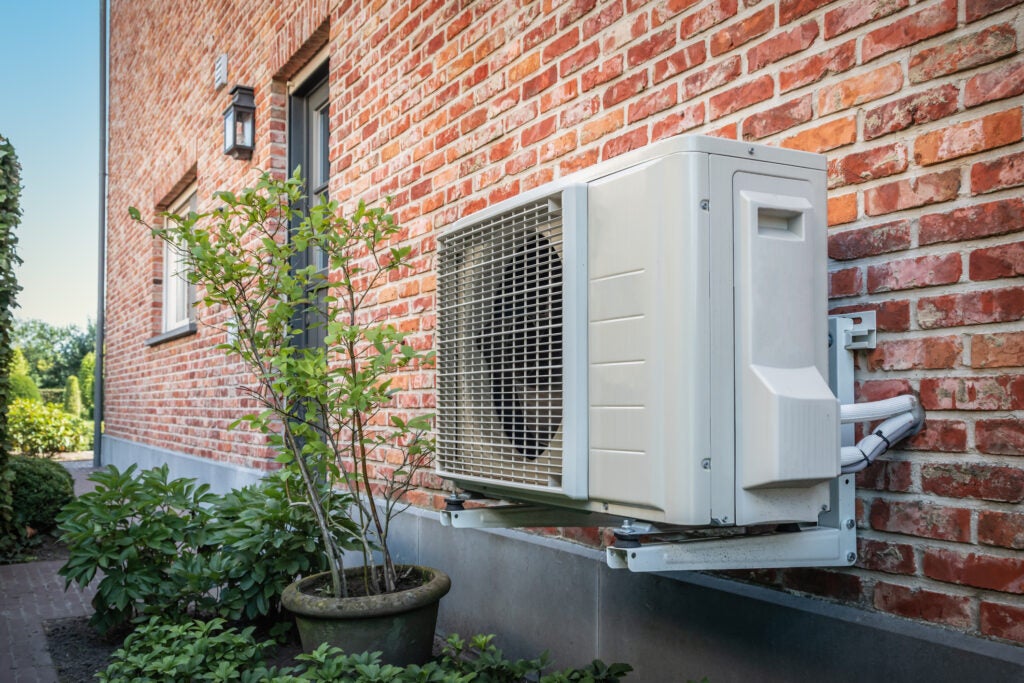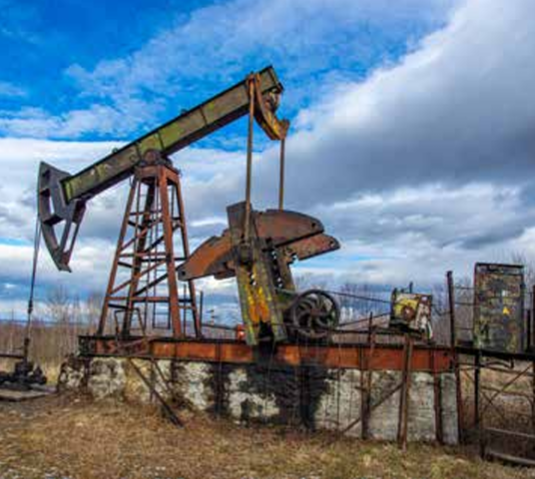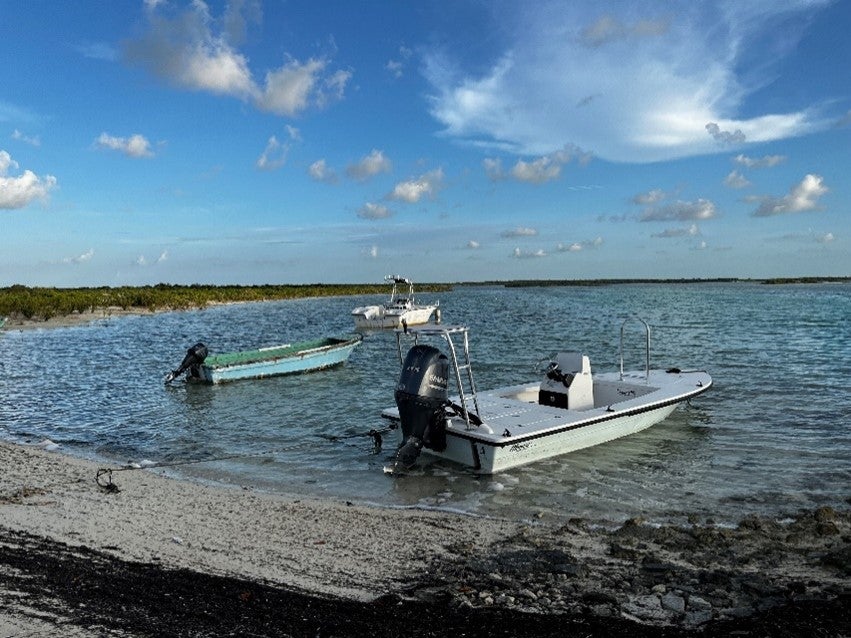By Nini Gu & Magdalen Sullivan
- The Colorado PUC is developing advanced leak detection & repair standards for pipelines – they should adopt comprehensive standards to address safety and environmental protection across the state’s extensive network of gas pipelines.
- Strong pipeline leak detection and repair standards will improve community safety, help Colorado meet its climate goals and potentially inspire other states’ leaders and agencies to take action.















